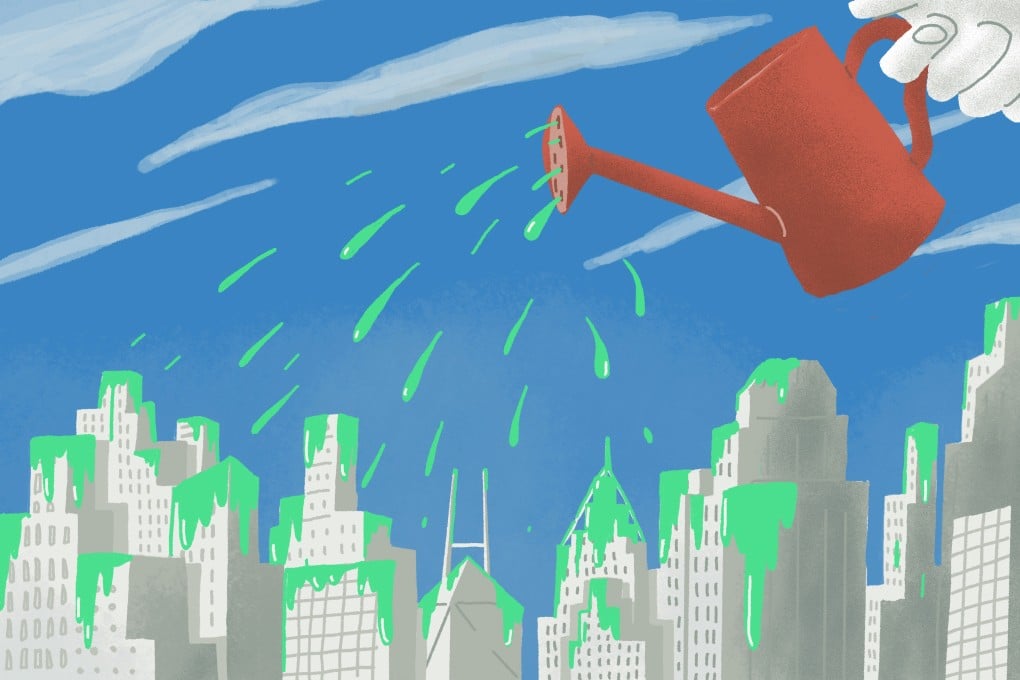Advertisement
Is green the new black? Hong Kong developers rush to make offices energy efficient to shrink carbon footprint, fight for tenants amid glut
- Hong Kong’s government has set a goal to reduce buildings’ electricity consumption by 20 per cent to 40 per cent by 2050 from their 2015 levels
- Vacancies at environmentally certified buildings were 79 per cent lower than average as city’s office vacancy rates hit a 24-year peak
Reading Time:6 minutes
Why you can trust SCMP
5

When the Sun Hung Kai Centre was built in 1982, it was equipped with a chiller plant system – considered cutting edge in building technology at that time because of its energy-efficient features. Yet the 54-storey building’s main owner Sun Hung Kai Properties (SHKP) in 2004 began retrofitting and optimising the chiller plants, which accounted for 60 per cent of the electricity consumed, by installing power meters to monitor its performance and taking other measures to improve its energy efficiency.
In a post-pandemic world, these sustainability features are no longer considered a luxury and will be essential in meeting a range of business and environmental objectives of occupants.
The retrofitting exercise move alone has slashed Sun Hung Kai Centre’s total energy consumption by 27.4 per cent, or over 60 million kilowatt-hours (kWh), over the past two decades, shaving around HK$80 million (US$10.2 million) from its power bills.
Since the construction of that building on Hong Kong’s iconic Victoria harbourfront, one of the first to be constructed on the reclaimed shoreline, a host of taller, glitzier and more tech savvy buildings have sprung up in what is now the world’s third-largest capital market and China’s financial centre. But what sets the Sun Hung Kai Centre apart are the measures to improve its energy efficiency.
So-called green – or energy efficient – buildings are increasingly using certifications such as those issued under the US Green Building Council’s (USGBC) Leadership in Energy & Environmental Design (LEED) rating system to enhance their appeal to prospective buyers or tenants.
Green projects have surged in recent years. Registered projects under the LEED rating system, which provide a projection for future certifications, have logged an average growth rate of 20 per cent for the past five years.
Advertisement